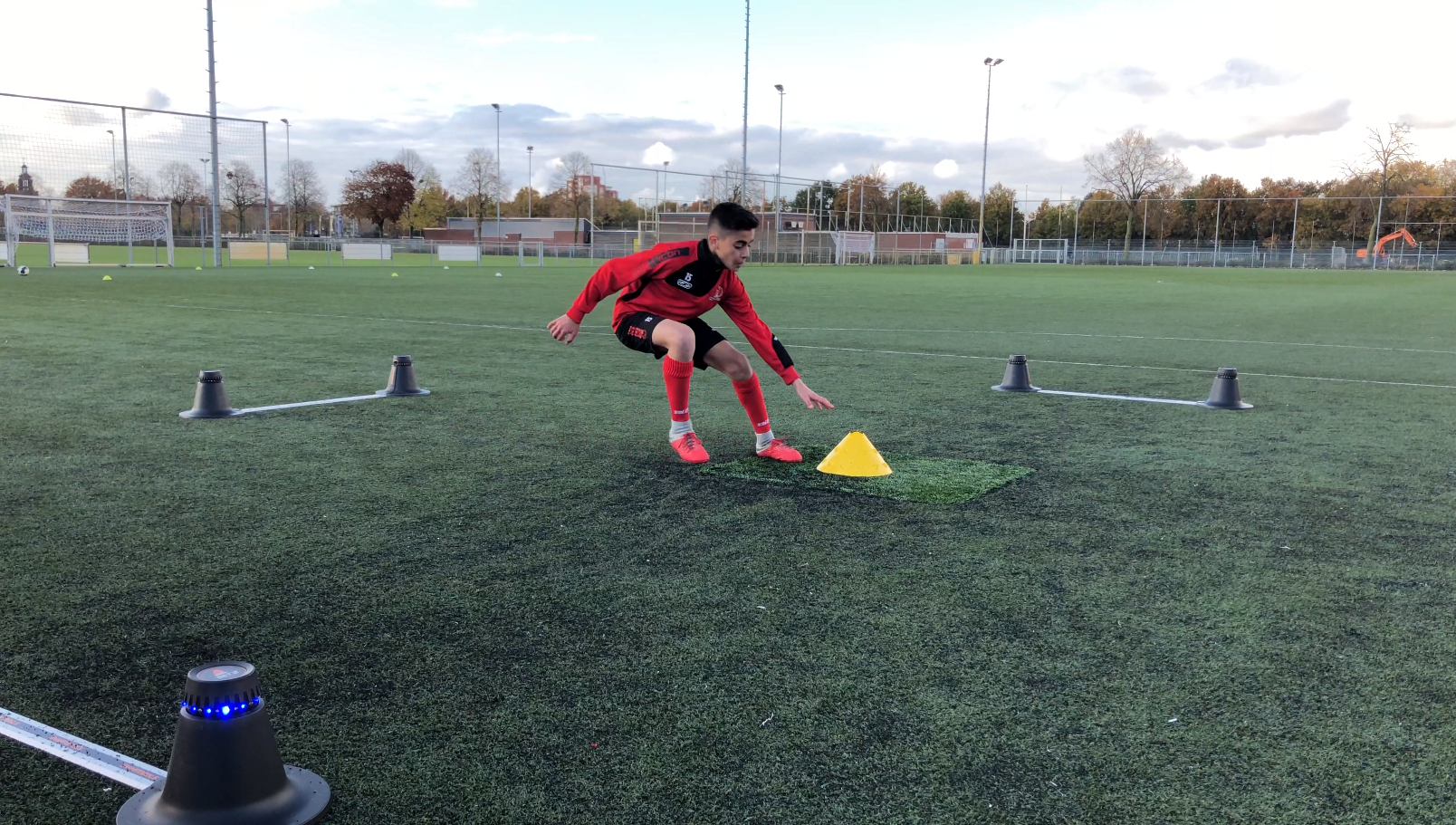
The Crucial Role of Agility in Football: An In-Depth Exploration
Agility, a multifaceted and dynamic component of physical fitness, stands at the forefront of factors influencing the performance of football athletes. This section delves into the scientific intricacies of agility in football, drawing insights from recent studies in the field. The discussion encompasses biomechanical aspects, cognitive demands, injury prevention, and performance enhancement, shedding light on the nuanced interplay of various factors that contribute to the agility of football players.
Biomechanical Foundations of Agility:
Agility in football is a biomechanically complex skill that involves rapid changes in direction, acceleration, and deceleration while maintaining balance and control. A seminal work by Sheppard and Young (2006) underscores the biomechanical underpinnings of agility. The study emphasizes the intricate relationship between neuromuscular factors, including muscle strength, power, and flexibility, in contributing to an athlete's agility. The execution of agile movements necessitates proper joint mechanics and coordination, highlighting the holistic nature of agility within the biomechanical framework.Cognitive Demands of Agile Performance:
Injury Prevention through Agility Training:
Agility in football extends beyond mere physical prowess; it is a cognitive endeavor that involves intricate perceptual and decision-making processes. The research by Hübner et al. (2019) provides valuable insights into the cognitive demands of agility. The study underscores the importance of visual perception, decision-making, and anticipation in executing agile maneuvers on the football field. Athletes with enhanced cognitive agility can more adeptly navigate the dynamic and unpredictable nature of the game, showcasing the symbiotic relationship between physical and cognitive components of agility.An often-overlooked aspect of agility is its role in injury prevention among football players. The groundbreaking work by Hewett et al. (1999) delves into the relationship between agility and injury risk. The study reveals that athletes with superior agility demonstrate improved proprioception and dynamic stability, contributing to a decreased likelihood of injuries, particularly those affecting the lower extremities. Understanding and integrating agility-focused training programs are crucial for mitigating injury risks and ensuring the long-term health and sustainability of football athletes.Performance Enhancement through Agility Training:
Beyond injury prevention, agility training has been linked to substantial improvements in on-field performance. Little and Williams (2005) explore the impact of agility training on football performance. The study highlights that athletes undergoing agility-focused interventions exhibit enhanced ability to execute quick directional changes, rapid accelerations, and swift decelerations. By fine-tuning the intricate skill of agility, football players can elevate their performance and responsiveness during match situations.In conclusion, the comprehensive exploration of agility in football reveals its multifaceted nature, encompassing biomechanical intricacies, cognitive demands, injury prevention attributes, and performance enhancement capabilities. These insights underscore the significance of agility as a pivotal component of football athleticism, influencing both the physical and mental dimensions of player performance. Integrating these findings into training programs at the university level and beyond is imperative for fostering a holistic approach to football development and optimizing the agility of athletes on the pitch.
Hewett, T. E., Myer, G. D., & Ford, K. R. (1999). Anterior cruciate ligament injuries in female athletes: Part 1, mechanisms and risk factors. The American Journal of Sports Medicine, 27(6), 721-733.Hübner, M., Röppnack, L., & Stein, T. (2019). Cognitive training effects on perceptual-cognitive skills in badminton players. Frontiers in Psychology, 10, 752.Little, T., & Williams, A. G. (2005). Specificity of acceleration, maximum speed, and agility in professional soccer players. Journal of Strength and Conditioning Research, 19(1), 76-78.Sheppard, J. M., & Young, W. B. (2006). Agility literature review: Classifications, training and testing. Journal of Sports Sciences, 24(9), 919-932.